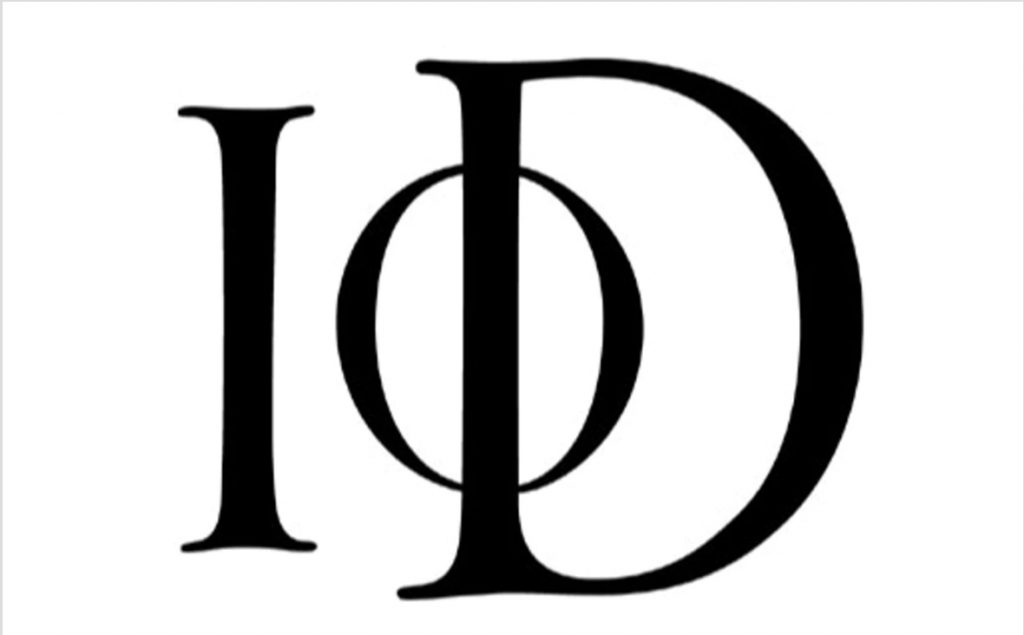IoD calls for expansion of benefit in kind exemptions to incentivise investment in occupational health
In its response to HM Treasury’s consultation on tax incentives for occupational health provision, the Institute of Directors is calling on government to expand the range of occupational health services covered by Benefit in Kind (BiK) exemptions.
In a survey of business leaders on employer occupational health provision, the IoD has found that:
- SMEs are significantly less likely than large employers to provide occupational health services to employees, with 42% of microbusinesses offering occupational health services compared to 95% of large employers.
- For employers who do not provide occupational health services, the main reasons cited were occupational health not posing issues for the business (49%) and costs being prohibitive (43%).
- 41% of business leaders stated that expanding BiK exemptions is the policy most likely to increase investment in occupational health.

Commenting on the response, Alexandra Hall-Chen, Principal Policy Advisor for Employment, said: “Increased employer investment in occupational health provision has the potential to reduce economic inactivity against a backdrop of persistent skills and labour shortages in the UK.
“Our research clearly shows that bringing additional occupational health costs into scope of tax relief under the BiK exemption is the policy mechanism most likely to incentivise businesses to increase their investment in occupational health.
“It is important that government does not become prescriptive in its measures to increase employer investment in occupational health, but instead utilises the tax system to assist employers to tailor provision to their employees’ needs.”
The IoD full response to the consultation can be viewed here.
Full survey results
Survey conducted between 11 – 30 August 2023
Does your organisation provide employees with access to any occupational health services? Examples might include flu vaccinations, welfare counselling, private medical insurance or health screenings.
688 responses
| Grand Total | 0-1 employees/ sole trader | 2-9 employees | 10-49 employees | 50-99 employees | 100-249 employees | 250+ employees | |
| Yes | 63.1% | 22.1% | 41.5% | 68.3% | 76.6% | 91.3% | 95.4% |
| No | 27.9% | 39.0% | 48.0% | 29.7% | 15.6% | 8.8% | 3.7% |
| N/A | 7.8% | 39.0% | 8.5% | 1.4% | 3.9% | 0.0% | 0.9% |
| Don’t know | 1.2% | 0.0% | 2.0% | 0.7% | 3.9% | 0.0% | 0.0% |
You said your organisation does not provide employees with access to any occupational health services. Why is this? Please select all that apply.
166 responses
| Grand Total | 0-1 employees/ sole trader | 2-9 employees | 10-49 employees | 50-99 employees | 100-249 employees | 250+ employees | |
| Occupational health has not been an issue for us | 49.4% | 50% | 54.5% | 34.2% | 58.3% | 42.9% | 66.6% |
| The costs of providing occupational health services are prohibitive | 43.4% | 33.3% | 39% | 52.6% | 50% | 71.4% | 33.3% |
| We have not had the bandwidth to think about this | 16.9% | 33.3% | 12.2% | 21% | 8.3% | 14.3% | 0.0% |
| We lack access to information about occupational health services | 6% | 0.0% | 4.8% | 7.9% | 8.3% | 14.3% | 0.0% |
| We want to provide occupational health services but have struggled to source the right provider | 3% | 0.0% | 2.4% | 7.9% | 0.0% | 0.0% | 0.0% |
‘The government is consulting on ways to increase occupational health services provided by UK employers.
‘Please rank the following potential changes to government policy in terms of how likely they would be to increase your own organisation’s occupational health provision for employees.’
688 responses
| Rank 1 | Rank 2 | Rank 3 | Rank 4 | Rank 5 | |
| A national ‘health at work’ recommended standard for employers, supported by a government-endorsed accreditation scheme on workplace health and disability which employers could use to demonstrate they had met the standard | 9.31% | 7.73% | 15.14% | 24.76% | 43.06% |
| A super-deduction against corporation tax for businesses for the cost of procuring occupational health services | 26.18% | 26.81% | 20.98% | 13.88% | 12.15% |
| Direct subsidies to help with the cost of purchasing occupational health services | 15.46% | 20.50% | 29.18% | 24.45% | 10.41% |
| Expanding the range of occupational health services that are exempt from being taxed as a ‘benefit in kind’ when calculating employee income tax and employer NICs | 40.85% | 31.86% | 16.72% | 7.10% | 3.47% |
| Greater access to low-cost collective occupational health schemes by third-party providers | 8.20% | 13.09% | 17.98% | 29.81% | 30.91% |


























